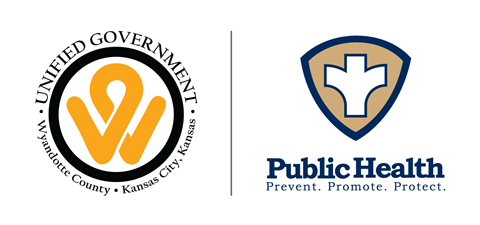Cases of Active Tuberculosis (TB) Identified in Wyandotte County, KS
Published on March 30, 2022

Press Release Published and Provided jointly by KDHE and UGPHD on 3/30/2022 at 4:15 p.m.
Topeka – The Kansas Department of Health and Environment (KDHE) and the Unified Government Public Health Department (UGPHD) have identified a small number of confirmed cases, fewer than 10 patients at this time, of active Tuberculosis (TB) in Wyandotte County, Kansas.
Some of these cases are known to be multi-drug resistant (MDR). MDR TB is caused by a version of the bacteria that causes TB that has developed a resistance to the primary treatment drugs. Over time, bacteria may become resistant to commonly used antibiotics if antibiotics are over-prescribed or if people do not complete their full course of antibiotic treatment.
KDHE and UGPHD are working to ensure that patients are receiving appropriate treatment and to prevent additional cases from occurring. Additionally, the agencies are working with and following the guidance of the Centers for Disease Control and Prevention (CDC) for this investigation. There is minimal risk to the general public while this investigation takes place.
As is standard practice in these types of investigations, UGPHD is working with each patient to identify possible close contacts and conduct TB testing of those individuals. Those who have been close contact with known patients will be notified by the local health department and provided a test at no cost.
About Tuberculosis
TB is an infectious disease that is caused by a bacterium and is most commonly found in the lungs. In most cases, TB spreads through prolonged contact and is treatable.
TB is spread through the air, similar to the way that cold and flu viruses are spread. Whenever someone with active TB sneezes, coughs or spits, the bacteria are released into the air. People nearby may breathe in these bacteria-laden particulates and may become infected if the bacteria settle in the lungs and begin to grow. From there, they can move through the blood to other parts of the body, such as the kidney, spine, and brain.
TB is not spread by kissing, shaking hands, sharing food, drink or toothbrushes, or by touching objects like bed linens or toilet seats.
Even if someone is infected with TB bacteria, it does not mean the person will get “active TB.” disease. Most people who become infected do not develop active TB. Instead, they are considered to have “latent TB infection” because their body’s defenses can protect them.
The general symptoms of TB disease include feelings of sickness or weakness, fever, night sweats, coughing, chest pain or coughing up blood. Only people with symptoms of active TB disease can spread the disease to others. This usually impacts those that the patient spends the most time with every day, like family members, friends, coworkers, or schoolmates. Anyone experiencing these symptoms or who feel strongly that they may have been infected with TB, recently or many years ago, should contact their primary care physician or other trained medical professional.
Additional information about TB can be found on the CDC website, https://www.cdc.gov/tb/topic/basics/tbinfectiondisease.htm.